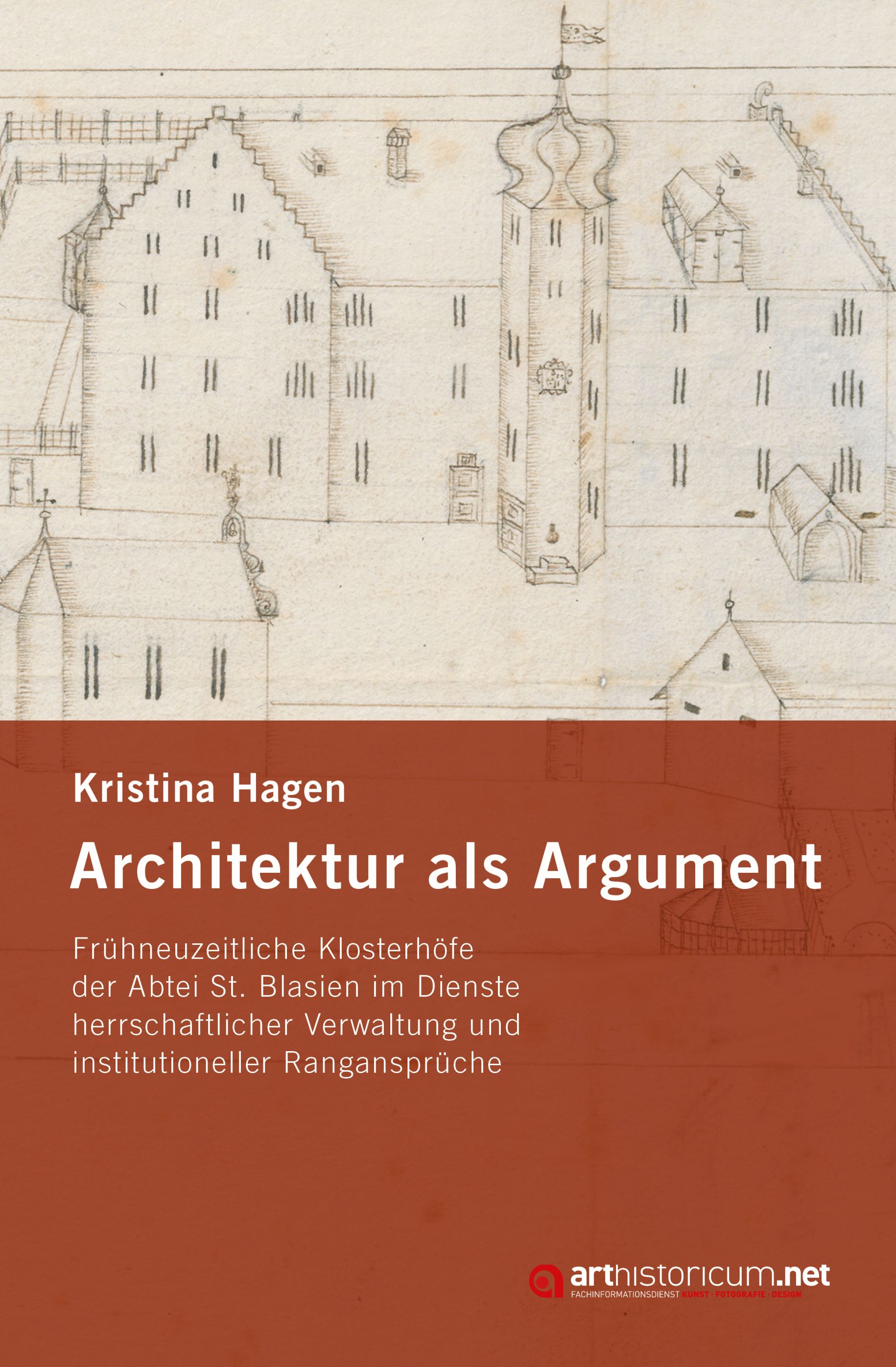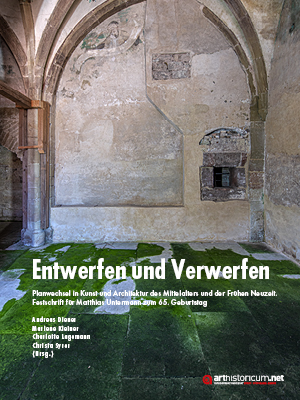Hagen, Kristina
Architektur als Argument: Frühneuzeitliche Klosterhöfe der Abtei St. Blasien im Dienste herrschaftlicher Verwaltung und institutioneller Rangansprüche
Monastic manor houses of the 16th-18th century served as administrative centres of Further Austrian Saint Blaise Abbey’s large and remote holdings: In townhouses, rural administrative buildings and provosts, levies – natural produces and money – were collected, stored, sold or redistributed. There was room for public gatherings as well as administrators, visiting abbots, convent’s members and guests. The buildings thus had to fulfill not only very practical tasks but also representative demands.
This study pays special attention to the buildings’ function, their contribution to the territory’s definition, and the question to what extent form and style were used as a rhetorical device to communicate the principal’s social position and rank to the viewer.
Comparisons with contemporary manor houses of Säckingen ladies’ chapter and of secular lords of Schönau complete the investigation.
Entwerfen und Verwerfen: Planwechsel in Kunst und Architektur des Mittelalters und der Frühen Neuzeit. Festschrift für Matthias Untermann zum 65. Geburtstag
With his multifaceted work as an art historian, medieval and building archaeologist, Matthias Untermann has made a particular contribution to the study of medieval architecture and its semantics. Not only the objects of his research are frequently characterized by changes of plans, but also his own career: In 2000, Matthias Untermann became a professor of art history at Heidelberg University after having worked as a monument conservator for 15 years. For his 65th birthday, friends, colleagues and companions honour him with this collection of 55 essays, which reflect this change of plans by means of interdisciplinary collaboration.








